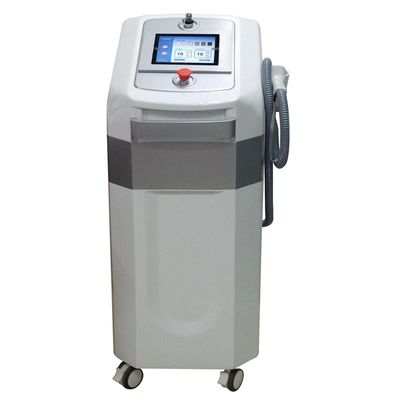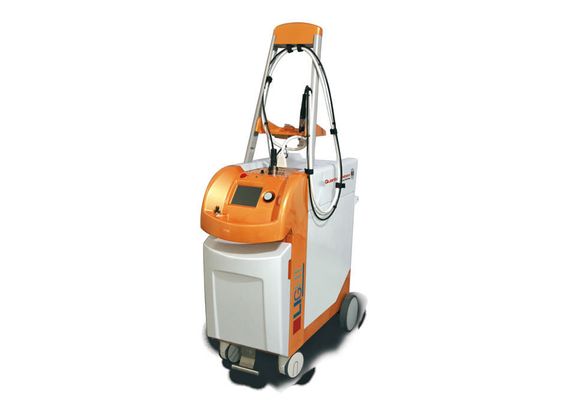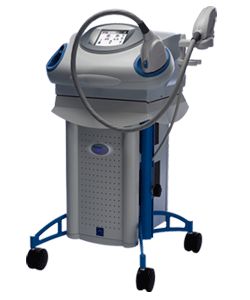All about the Diode Laser Hair Removal Machine – Find & Learn facts, advantage & disadvantages, what skin tones & hair colors that are best used with this machine

Diode Laser Hair Removal Machines
Diode laser hair removal machines are one of the newer additions to the laser hair removal family.
Diode lasers are somewhat different to other laser hair removal machines because of the way in which the laser is generated; diodes or semiconductors are combined to form the light source of the laser.
Diode laser hair removal machines operates between 800 – 1000 nm wavelengths, and as such has enough flexibility to be manipulated to suit the needs of the patient. Longer wavelengths are less selective for melanin than shorter wavelengths, but also avoid melanin absorption by the skin.
The diode system is most frequently administered on patients with darker skin types, or thick, dark, coarse hair. For this reason, it’s often used on men who are seeking laser hair removal for their chest and back hair.
Diode Laser Hair Removal Machines – Popular Brands
Some of the most popular diode laser hair removal machines currently in use include the Apex 800, Epistar, F1 Diode, Laserlite, Light Sheer, MeDioStar and SLP 100.
Diode Laser Hair Removal Machines – Specification
- Wavelength: 800, 810 nm
- Spot size: 9 mm
- Fluence: 10-40
- Pulse width: 5-30 ms
- Repetition rate: 1 Hz
Which Skin Type?
The Diode laser is mainly used for skin types I – III. But it can be used for other types of skin also
Advantages:
- Faster laser repetition rates
- Can effectively and quickly treat large areas of skin
- Faster recovery than other lasers
- Tuneable laser wavelength that can be customized to the patient’s needs
- A longer laser wavelength means it is suitable for darker skin types (Fitzpatrick skin tones I-IV)
- Safer and deeper penetration into the skin to target hair follicles
Disadvantages:
- Skin discoloration (Although this is often transient)
- Burns
- Diode lasers have been linked to urticaria (hives, including rashes and swelling)
- No available research on long term results







